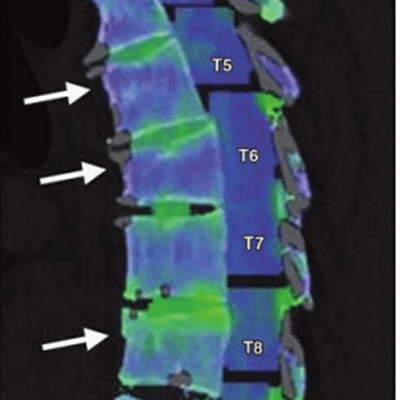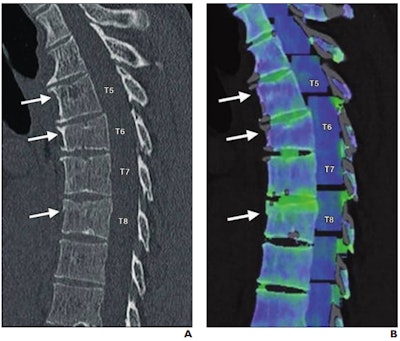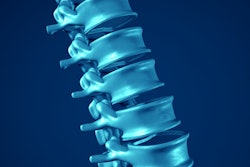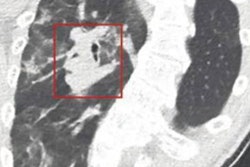
Dual-energy CT (DECT) increases diagnostic confidence when it's used in the emergency department, which translates to fewer follow-up studies and therefore lower healthcare costs, according to a study published September 29 in the American Journal of Roentgenology.
The findings are good news in an era when the increased use of CT in the emergency department has sparked concerns about inappropriate imaging, additional costs, and increased radiation exposure for patients, wrote a team led by Dr. William Wong of the University of British Columbia in Canada.
"Modern DECT scanners may add useful information that has the potential to reduce unnecessary follow-up imaging or confirm the necessity of follow-up investigations without increasing radiation dose to the patient," the team wrote. "In some cases, use of DECT may even decrease irradiation by replacing an unenhanced imaging study with virtual unenhanced imaging."
There's been debate about DECT's value in clinical use, Wong and colleagues noted. They conducted a study to investigate the technique's effect on radiologists' reports and thus on patient care. The research included reports from 3,159 CT exams performed in the emergency department in 2016; these exams were categorized into five categories: head and neck, chest, abdomen and pelvis, spine, and musculoskeletal.
Wong and colleagues made note of when a report suggested that use of DECT contributed to the exam's interpretation, then they assessed the difference between the number of follow-up studies recommended after conventional CT and DECT and converted this assessment into U.S. dollars (within the framework of the U.S. Centers for Medicare and Medicaid Services' physician fee schedule and 2019 Current Procedural Terminology codes) to estimate any cost benefits of a reduction in further imaging.
 59-year-old man involved in skiing accident. (A) Sagittal reformatted bone window CT image of thoracic spine shows wedge-shaped deformity at T6 and subtle superior endplate deformities at T5 and T8. Arrows denote deformities. (B) Color-coded dual-energy CT shows only T8 deformity is associated with bone marrow edema; T5 and T6 deformities likely represent chronic fractures. Arrows denote deformities. Images and caption courtesy of the American Roentgen Ray Society.
59-year-old man involved in skiing accident. (A) Sagittal reformatted bone window CT image of thoracic spine shows wedge-shaped deformity at T6 and subtle superior endplate deformities at T5 and T8. Arrows denote deformities. (B) Color-coded dual-energy CT shows only T8 deformity is associated with bone marrow edema; T5 and T6 deformities likely represent chronic fractures. Arrows denote deformities. Images and caption courtesy of the American Roentgen Ray Society.Of the 3,159 exams, dual-energy CT was not mentioned in the report in most cases (71.9%). But in those cases that did make use of the technique, dual-energy CT potentially altered clinical management in 9.4%, increased diagnostic confidence in 14.4%, offered relevant new information in 5.6%, and helped characterize incidental findings in 1.4% of cases. Dual-energy CT altered patient management most in the musculoskeletal category, at 89%; of these, 70% of the exams were performed to confirm gout.
The researchers also found the following:
- Compared with conventional CT alone, DECT findings made it possible for patients to avoid between 162 and 191 recommended follow-up MRI examinations, between 21 and 28 follow-up CT examinations, and between two and 25 ultrasound exams.
- DECT findings triggered an additional recommended interventional angiography procedure, a ventilation-perfusion scan, and an imaging-guided biopsy.
Projected cost savings from avoiding these follow-up exams ranged from $52,991 to $61,598, the authors wrote.
It's clear that DECT is a valuable tool in the emergency department's kit, according to Wong and colleagues.
"The results of this study suggest that the use of DECT, by providing information not acquired with conventional CT, increased reader diagnostic confidence," they concluded. "This led to reductions in the number of follow-up studies recommended and in the associated costs compared with those of conventional CT alone."





















